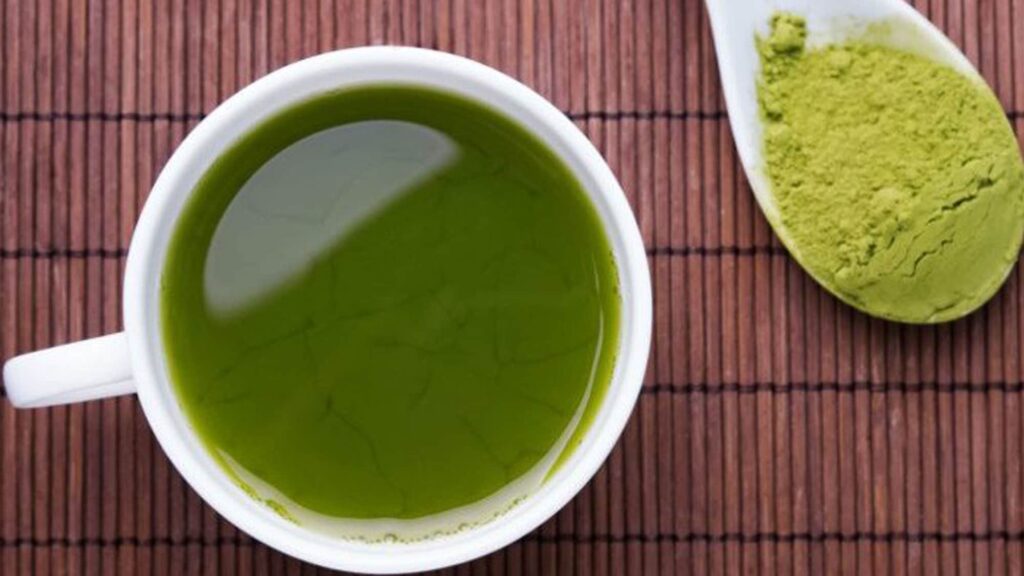Are you curious about the differences and similarities between Kratom and Kava? Both are natural plant-based substances that have been used for centuries in traditional medicine and ritual practices. While they share some similarities, they also have distinct differences in their effects, properties, and usage.
Kratom is a tropical tree native to Southeast Asia that has leaves with psychoactive properties. It has been traditionally used as both a stimulant and a sedative, depending on the dose.
[product_blocks id=”58827″]
On the other hand, Kava is a shrub from the Pacific Islands that produces root extracts known for their calming effects. Understanding these two substances’ unique characteristics can help you determine which one may be right for your needs.
In this article, we will explore the similarities and differences between Kratom and Kava to help you make an informed decision.
The History And Traditional Usage Of Kratom And Kava
Kratom and kava are two botanicals that have been used for centuries by people in Southeast Asia and the Pacific islands to help them relax, socialize with others, and relieve pain.
Kratom comes from the leaves of a tropical tree called Mitragyna speciosa, which is native to countries such as Thailand, Malaysia, and Indonesia. The traditional way of consuming kratom was by chewing on fresh leaves or brewing dried leaves into a tea. Nowadays, kratom can be found in various forms such as capsules, extracts, and powders.
Kava, on the other hand, is a plant that grows in the western Pacific islands such as Fiji, Vanuatu, and Tonga. The roots of the kava plant contain compounds known as kavalactones which are responsible for its relaxing effects.
In traditional usage, kava was prepared by pounding the roots into a powder and then mixing it with water to create a drink. This drink was often consumed during ceremonial events or social gatherings to promote relaxation and sociability amongst those who partook in it.
Active Compounds And Effects Of Kratom And Kava
As we delve deeper into the world of Kratom and Kava, it’s essential to understand their active compounds and effects. Both plants contain alkaloids that interact with the brain’s receptors, producing unique results.
Kratom’s primary active compounds are mitragynine and 7-hydroxymitragynine. These two alkaloids work as stimulants in low doses, while high doses can produce opiate-like effects such as sedation and pain relief.
On the other hand, Kava contains kavalactones that have a calming effect on the mind and body. It produces a sense of relaxation and euphoria without causing drowsiness or impairing cognitive function. Additionally, Kavalactones are known for their anxiolytic properties that make them effective in treating anxiety disorders.
Thus, both plants have different active compounds that produce distinct outcomes on the user’s body and mind.
Dosage And Administration Methods
After exploring the active compounds and effects of kratom and kava, it’s time to delve into the dosage and administration methods of these two substances.
While both kratom and kava are consumed for their relaxing effects, they differ in terms of dosages and how they are consumed.
Kratom is typically ingested orally, either by chewing the leaves or brewing them into a tea. The dosage varies depending on the strain and potency, but beginners are advised to start with a lower dose and gradually increase as needed.
On the other hand, kava is traditionally prepared as a drink by grinding its roots into powder and mixing it with water. The amount used can also vary depending on personal preference and tolerance, but it’s important to note that excessive consumption can lead to liver damage.
Overall, it’s crucial to research proper dosages and administration methods before consuming either kratom or kava.
Potential Risks And Side Effects
While kratom and kava can have potential benefits, it’s important to understand that they also come with potential risks and side effects.
Kratom, in particular, has been associated with addiction, withdrawal symptoms, liver damage, and even death in some cases. The FDA has issued warnings about the use of kratom due to its potential for abuse and dependence.
[product_blocks id=”58827″]
Kava, on the other hand, has been linked to liver toxicity and may interact with certain medications. It can also cause drowsiness and impair cognitive function. It’s important to note that long-term use of kava has not been extensively studied, so the full extent of its risks and side effects is not yet known.
As with any substance or supplement, it’s crucial to talk to a healthcare professional before using kratom or kava to weigh the potential benefits against the potential risks.
Choosing Between Kratom And Kava For Your Needs
When it comes to choosing between kratom and kava, it’s important to understand your individual needs and preferences.
Kratom is often used for pain relief, anxiety reduction, and as an energy booster, while kava is more commonly used for relaxation and stress relief.
Additionally, kratom has a stimulating effect in lower doses and a sedative effect in higher doses, whereas kava typically produces a calming effect at any dosage.
If you’re looking for pain relief or a natural energy boost, kratom may be the better option for you.
However, if you’re seeking relaxation and stress relief, kava may be the way to go.
It’s also worth noting that both plants have potential side effects and should be used responsibly.
It’s important to do your research and consult with a healthcare professional before trying either substance.
Ultimately, the choice between kratom and kava comes down to personal preference and individual needs.
Whether you choose one or the other (or neither), remember to use these plants responsibly and with caution.
With the right knowledge and approach, both can offer unique benefits for those seeking natural remedies for physical or mental ailments.
Frequently Asked Questions
Conclusion
In conclusion, while kratom and kava may have some similarities in terms of their effects on the body, they also have several key differences.
Kratom is generally considered more stimulating and energizing, while kava is known for its calming and relaxing properties.
Additionally, the legal status of these substances varies greatly depending on the country or state in which you live.
[product_blocks id=”58827″]
It is important to approach both kratom and kava with caution, as long-term use can lead to addiction or dependence.
It is also important to consult with a healthcare provider before using either substance if you are taking other medications or supplements.
Overall, it is essential to do your research and make informed decisions about using these substances based on your personal health needs and cultural beliefs.



